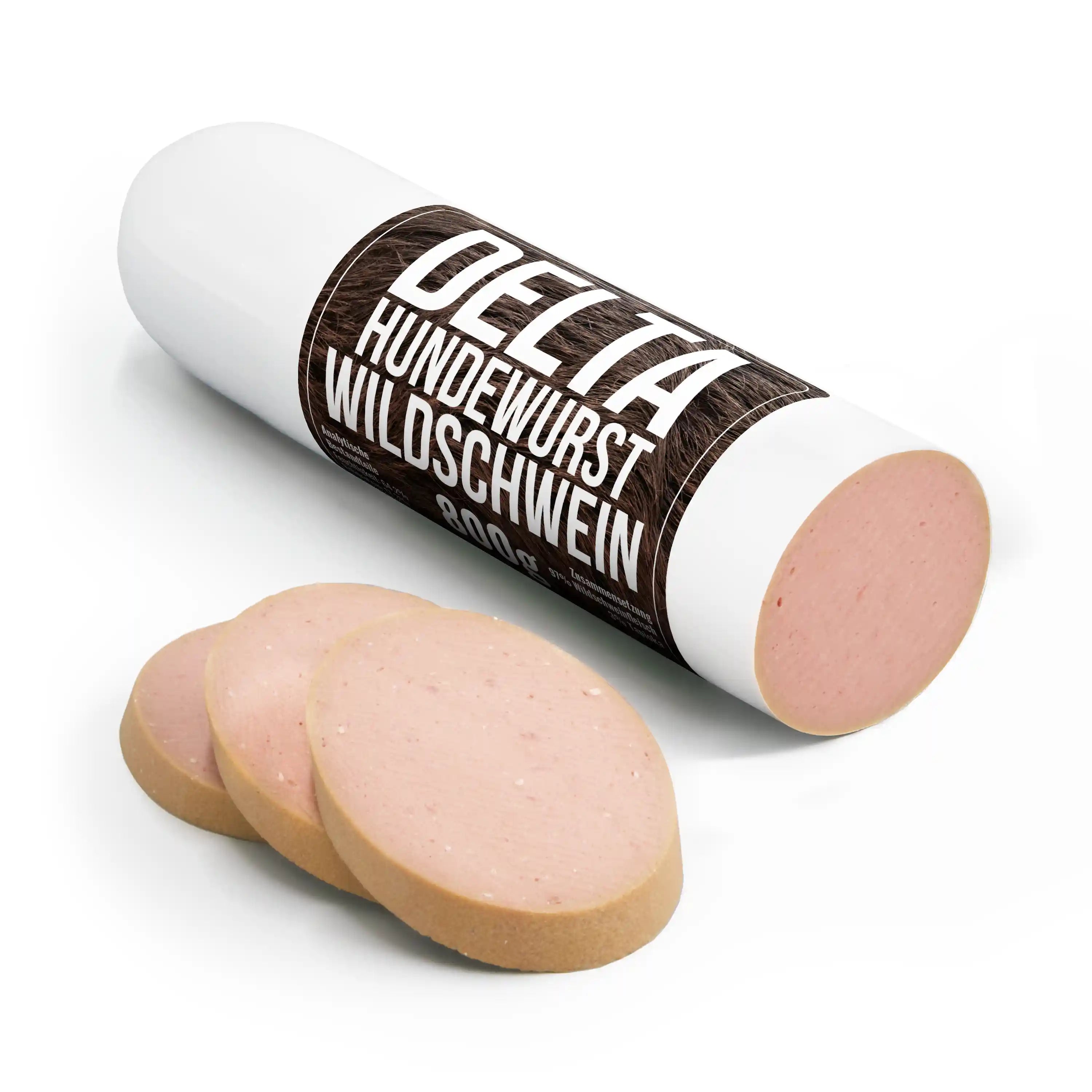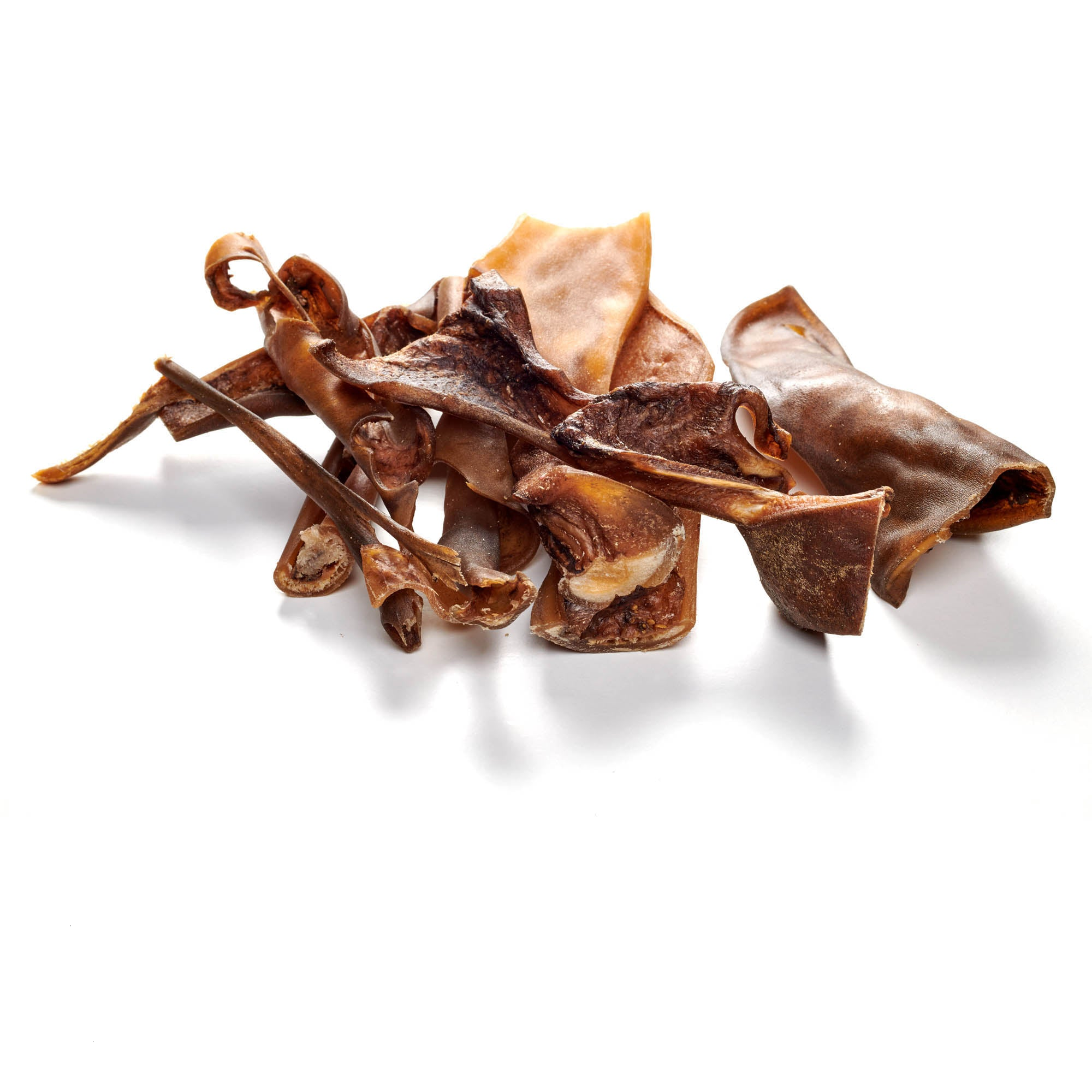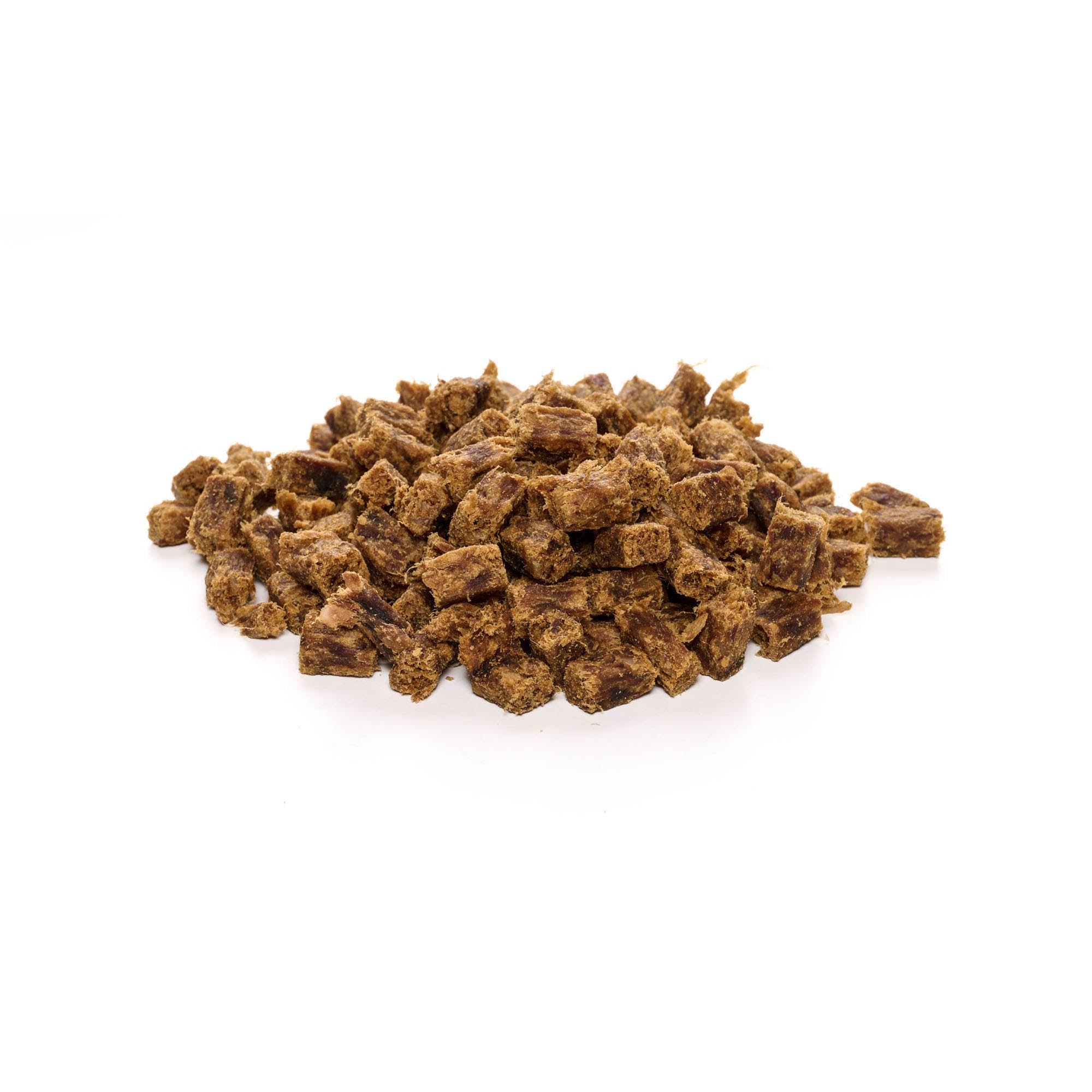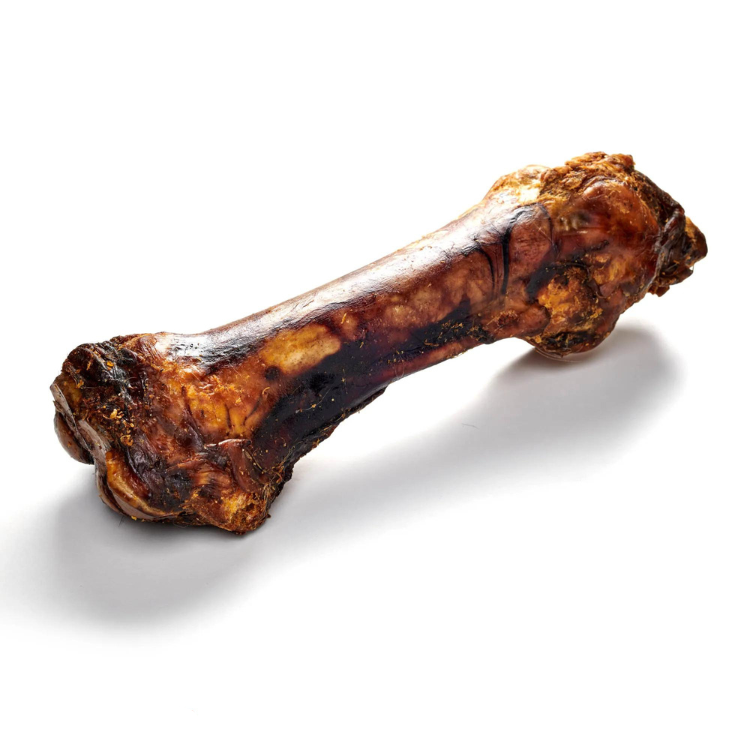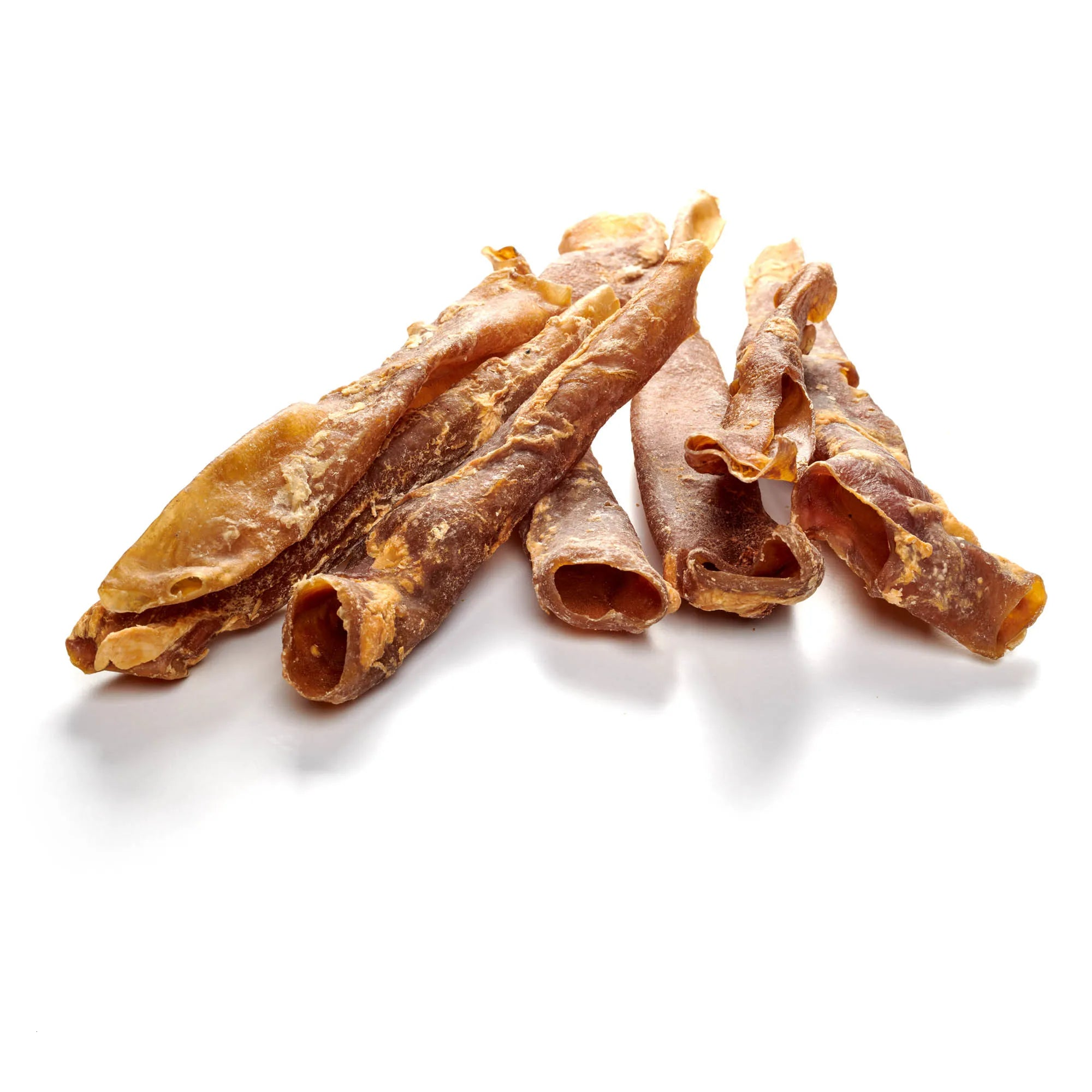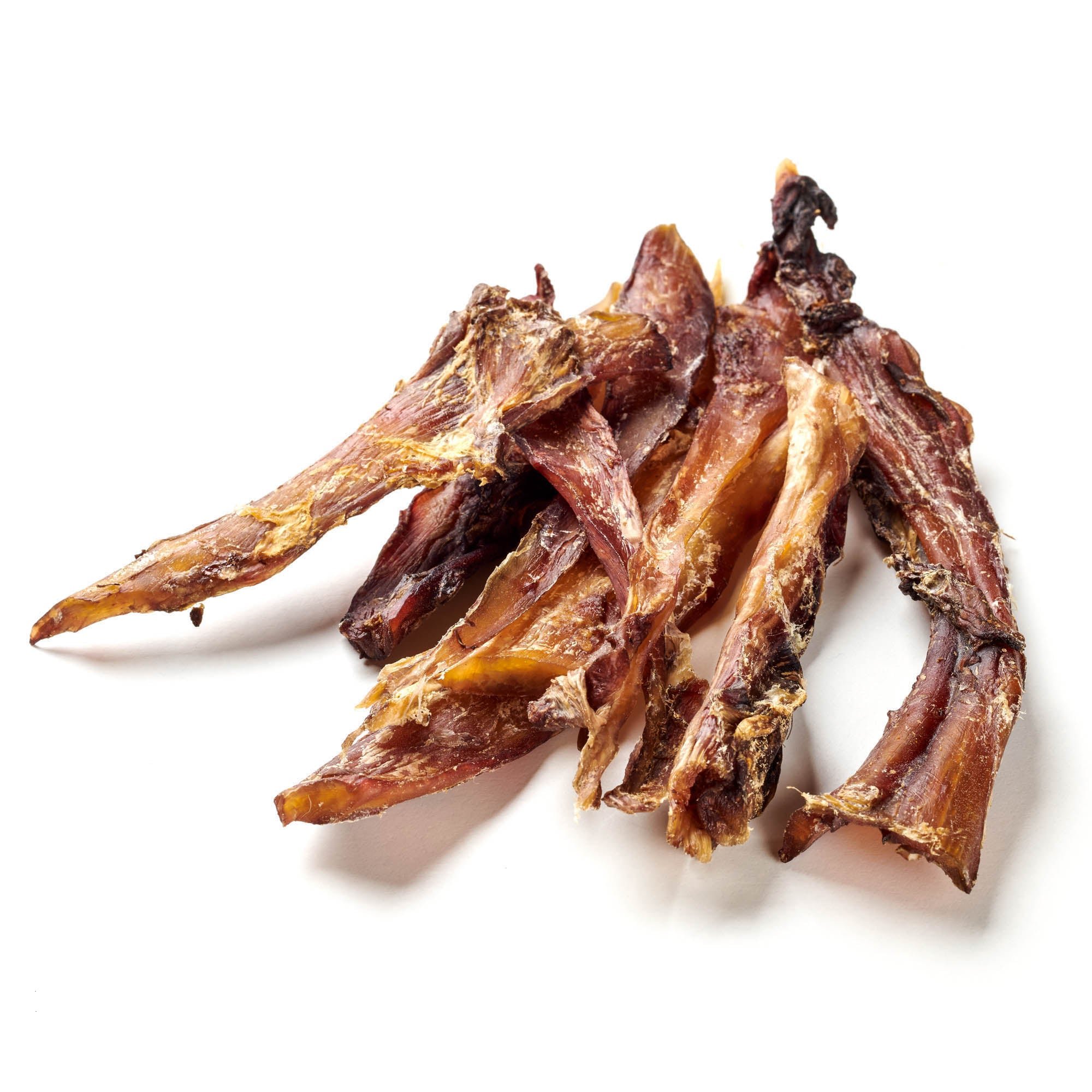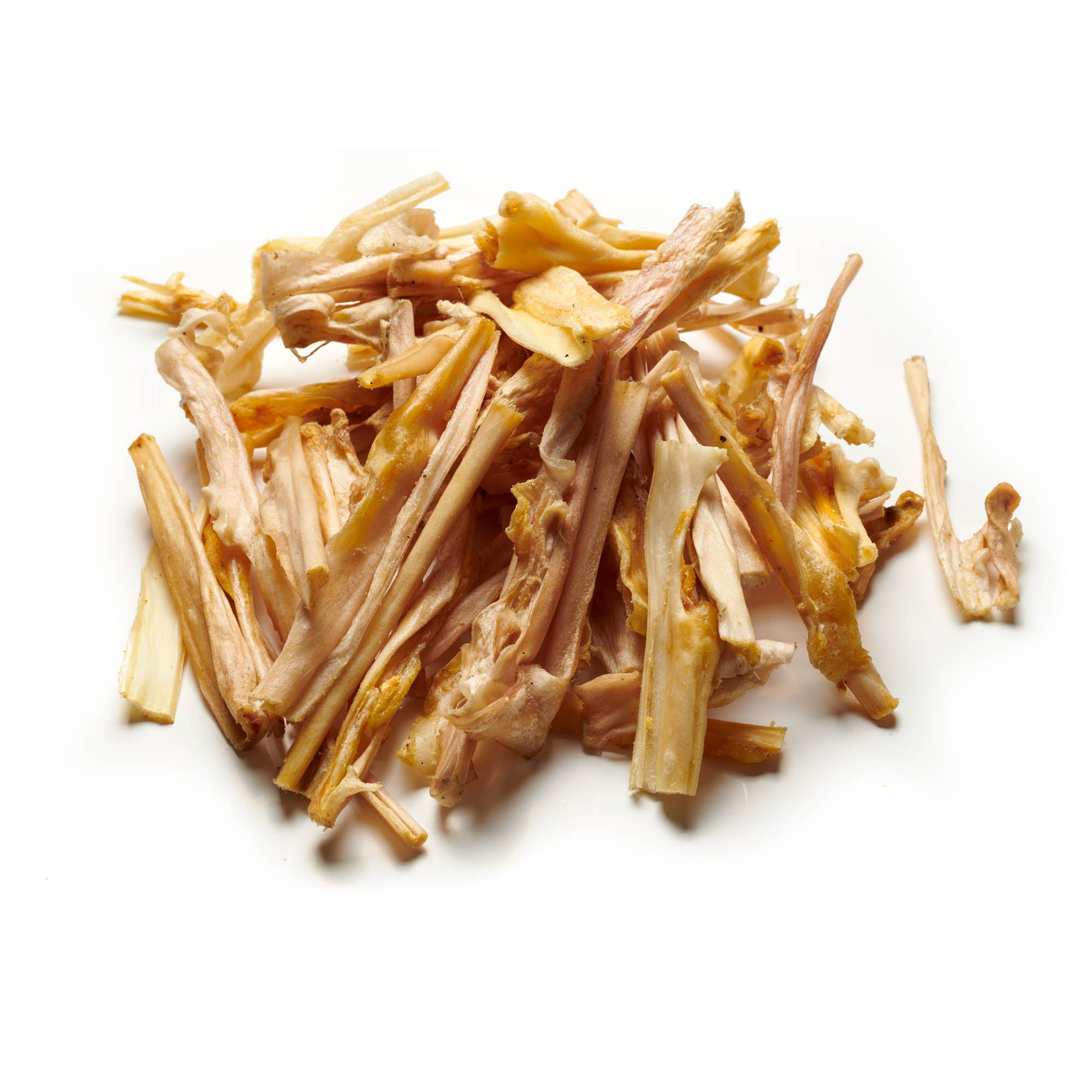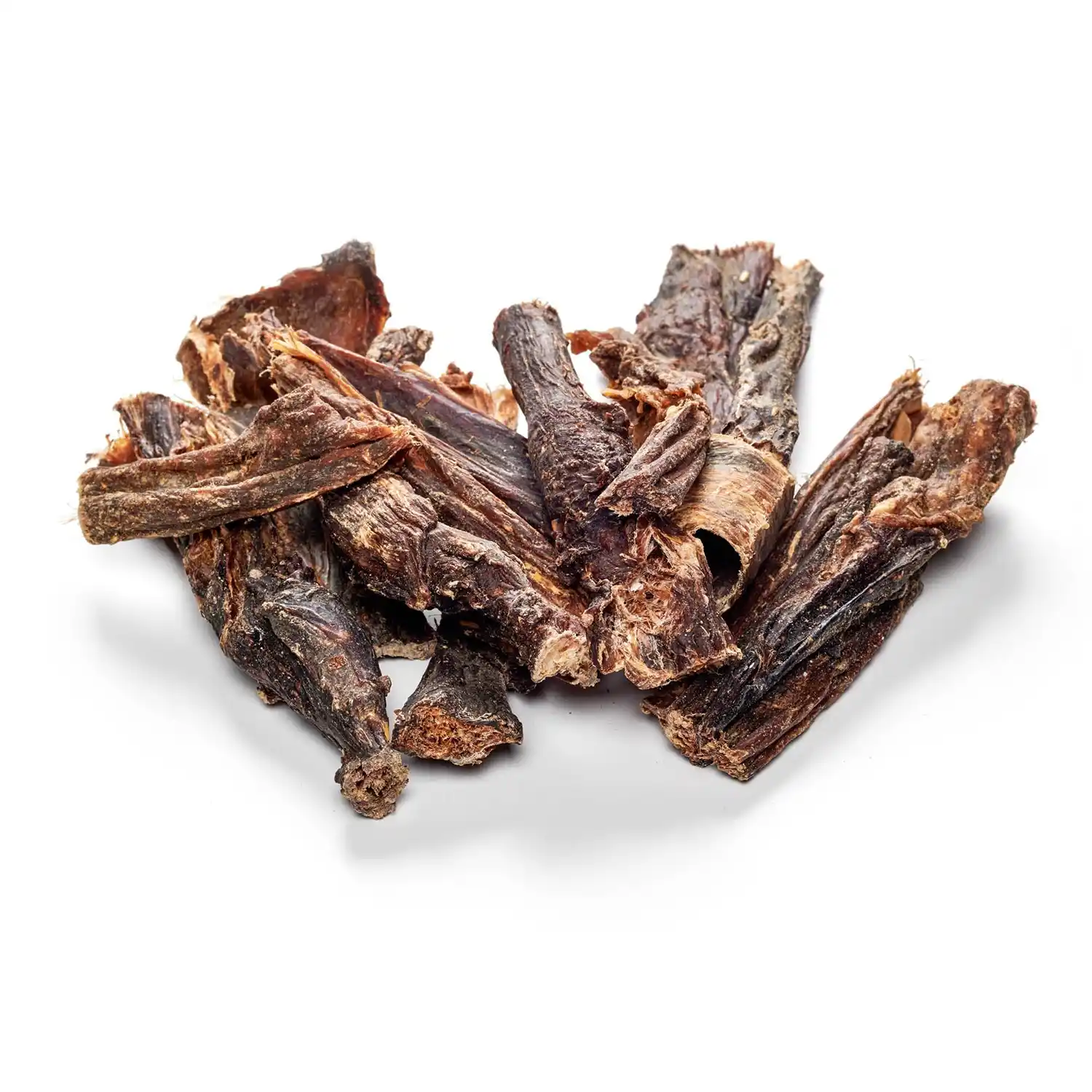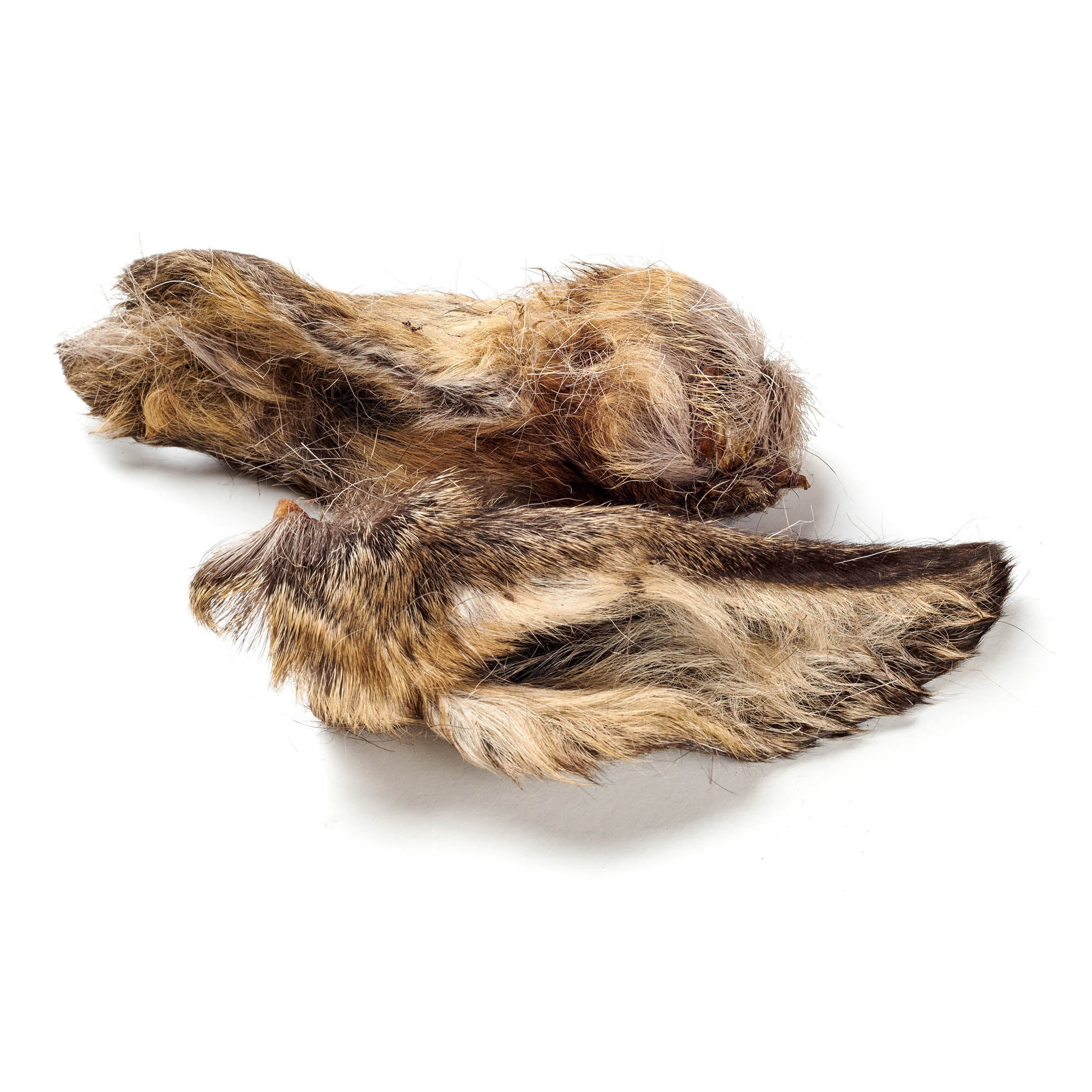
Hairless dogs: Unique four-legged friends without fur
Share
Many people, especially children, are fascinated by dogs with long fur. These dogs are cuddly, are generally easy to pet and look incredibly cute. Hairless dogs, on the other hand, have their own following, albeit in a fairly limited circle of enthusiasts. Despite their less common nature, they exert a very special attraction.
Content: Hairless dogs
- History of hairless dogs
- Hairless dogs - advantages of these breeds
- Hairless dogs - Disadvantages of these breeds
- The discussion about hairless dogs and cruel breeding
- Which dog breeds are hairless?
- Useful accessories for winter
- Conclusion
Discover delicious dog snacks directly from our range!
History of hairless dogs
The history of hairless dogs stretches back over 3,000 years and begins on the American continent. These dogs are one of the oldest dog breeds in the world. In the tropical and subtropical regions, a genetic mutation occurred that resulted in hairless dogs. These fascinated people and took on a variety of tasks such as gifts, trade goods, hunting and sacrificial animals, medicines and much more. Their role in society was unique and very different from European dog ownership. From 1519, hairless dogs came to Europe and attracted attention there too. This story illustrates the special connection between hairless dogs and different cultures.
Hairless dogs - advantages of these breeds
Hairless dogs are extremely affectionate family dogs that feel at home in a city apartment. These intelligent four-legged friends are inquisitive and always open to new experiences. Thanks to their gentle nature, they adapt well to different living conditions and are easy to train. This makes them an excellent choice for those new to dogs.
- Dogs without fur are a suitable option for allergy sufferers because they produce fewer allergens than hairy dogs.
- Another advantage of hairless dogs is their lower body odor compared to hairy dogs.
- The easier detection of fleas and ticks on bare skin contributes to the health and hygiene of the dog.
Hairless dogs - Disadvantages of these breeds
Hairless dogs do not have a protective coat of fur and are therefore more sensitive to cold. In bad weather such as rain, wind and snow, they require a protective coat to prevent hypothermia and maintain their health. These coats not only provide warmth but also protection from the elements and are very important for the hairless dogs' well-being.
For hairless dogs, a dog coat is essential. It is unfortunate that many people see it as a mere fashion accessory and joke about it without realizing the actual need. The sensitive skin of these dogs requires protection and it is important to remember that even in an otherwise robust breed, some animals may have a weakened immune system. This can lead to frequent visits to the vet , which underscores the importance of providing adequate protection for hairless dogs.
Spoil your dog with high-quality chewing products from our range!
The discussion about hairless dogs and cruel breeding
The hairlessness of these hairless dogs is discussed in the professional world as a so-called cruel breeding trait. The report on the interpretation of Section 11b of the Animal Welfare Act from 1999 already recommended introducing a breeding ban for all carriers of the defect gene of heterozygous inherited hairlessness. In addition to the morphological abnormalities already mentioned, other health disadvantages such as immune deficiencies and skin problems were also identified. At the time of the report, the other, recessive inheritance pattern had not yet been researched. What all hairless dogs have in common is that the lack of fur offers no advantages and does not protect against weather conditions or other environmental influences. As a result, the skin of these dogs is more sensitive, which can lead to secondary problems such as infections due to injuries, frostbite and skin cancer caused by sunburn. However, there are currently no studies that quantify these health risks and accompanying diseases and would enable a definitive assessment. A common argument among breed lovers is that the skin of hairless dogs is more robust than that of hairy dogs. However, this has not been scientifically proven. Even if the skin were actually more stable, this could be a secondary adaptation due to the increased stress.
Which dog breeds are hairless?
There are currently three dog breeds recognized by the Fédération Cynologique Internationale (FCI) .
- The Mexican Hairless Dog
- The Peruvian Hairless Dog
- The Chinese Crested Dog
Useful accessories for winter
Dog coat against the cold in winter
What is primarily a fashion accessory for some dog owners can really help some four-legged friends in the cold season. However, most dogs do not need a jacket because their fur is thick enough. Dog breeds without an undercoat, however, get cold quite quickly in low temperatures and would benefit from a protective jacket. Is your dog shivering like a leaf in the cold? Then a dog jacket makes sense, even if it may look silly to some.
Shoes for dogs?
Many dog lovers also recommend dog shoes to go with a dog jacket. However, most dogs don't need them if they are well protected with paw balm. They also take a lot of getting used to for almost all dogs. However, with a little patience, your four-legged friend will get used to them. So if your dog has particularly sensitive paws, dog shoes would provide the necessary protection from road salt and cold.
If you go for a walk with your dog in winter, you often do so in complete darkness. A headlamp is not the only thing that helps, but also an illuminated collar or a reflective vest for your dog. This will not only help you find your dog more quickly, but other people will also be "warned" about your dog. If your four-legged friend runs away from time to time, a GPS transmitter for dogs can even be a worthwhile investment. Once you get home, a dog bathrobe or a dog sweater is a great addition for cold and wet winter days. There are even heated dog beds that help old and sick four-legged friends in particular to get through the winter.
Conclusion
In summary, hairless dog breeds, such as the Mexican Hairless Dog, Peruvian Hairless Dog, and Chinese Crested Dog, each possess their own unique characteristics and personality traits. While the Mexican Hairless Dog is intelligent and wary of strangers, the Peruvian Hairless Dog shows a great love of cuddling and a special affection for children. The Chinese Crested Dog is characterized by its playful and lively nature and can occasionally be crossed with hairy dogs to minimize genetic inherited diseases. Each of these breeds has its own advantages and challenges and finds its place in the hearts of dog lovers around the world.
Make your dog happy with our tasty chews!

